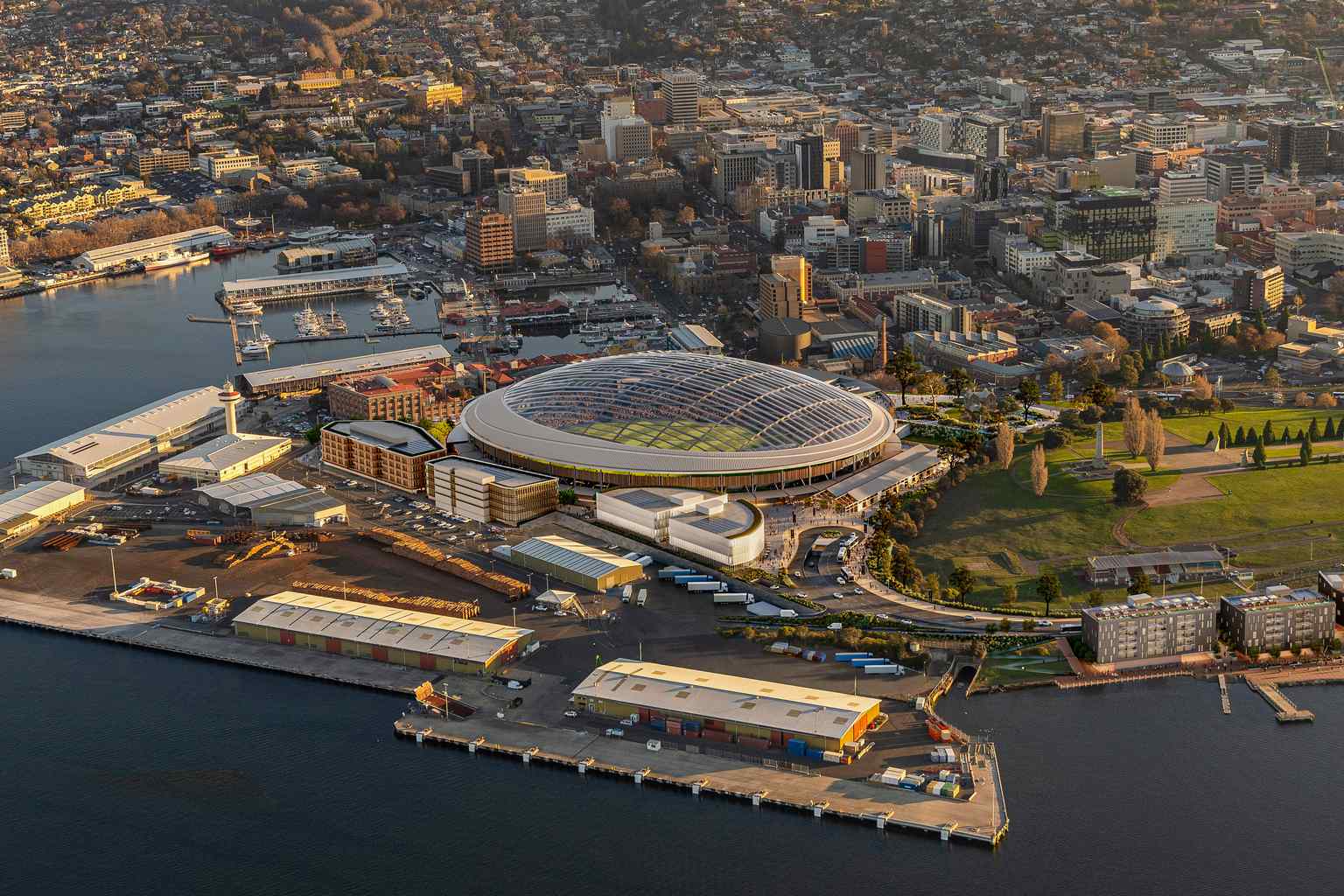Tasmania’s ports have already moved 10.7 million tonnes of freight this financial year and are on track to handle almost 15 million tonnes, covering everything from forestry exports and premium dairy products to fuel supplies and Antarctic research gear.
TasPorts’ latest trade report highlights the variety of cargo passing through the state’s port network, with containerised goods leading the way at 4.4 million tonnes, followed closely by forestry exports at 2.5 million tonnes.
The Port of Burnie “once again handled the largest volume of trade” with 3.6 million tonnes processed through to March – 34% of the state’s total freight movements. It handled a mix of forestry products, fuels, general cargo and minerals.
TasPorts said the Port of Devonport “remains the state’s key port for containerised goods”, handling 3 million tonnes of freight and dominating container trade with 49% market share.

The Port of Bell Bay handled 2.7 million tonnes, largely focused on forestry exports, while the Port of Hobart “continues to play an essential role as Australia’s home port for Antarctic exploration and scientific research”.
Hobart also reinforced its status as Tasmania’s cruise capital, welcoming over 80 cruise ships by March – the bulk of the state’s 126 total cruise visits.

Tasmania’s ports also moved 178,000 tonnes of fruit and vegetables, along with 153,000 tonnes of dairy, “a clear sign of the ongoing demand for Tasmanian-made and grown produce”, TasPorts said.
Forestry exports “surpassed 2.5 million tonnes” with an overall growth of 0.8%, but experienced “a small drop in demand for woodchips offset by an increase in log exports”.
The port authority said more than 457,000 containers had moved through Tasmania’s ports this financial year, “underscoring the importance of reliable infrastructure to our state’s exporters and supply chains”.







